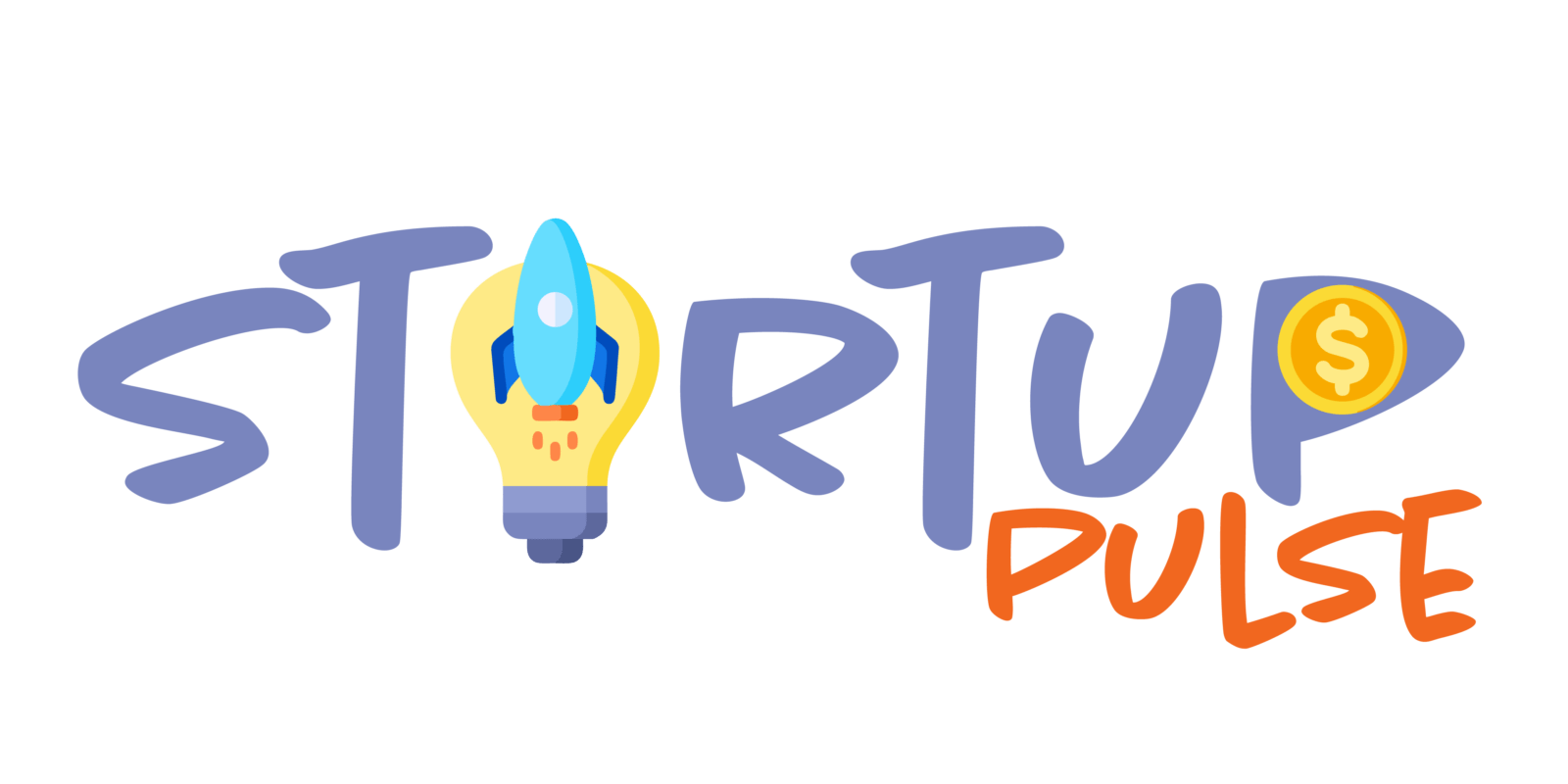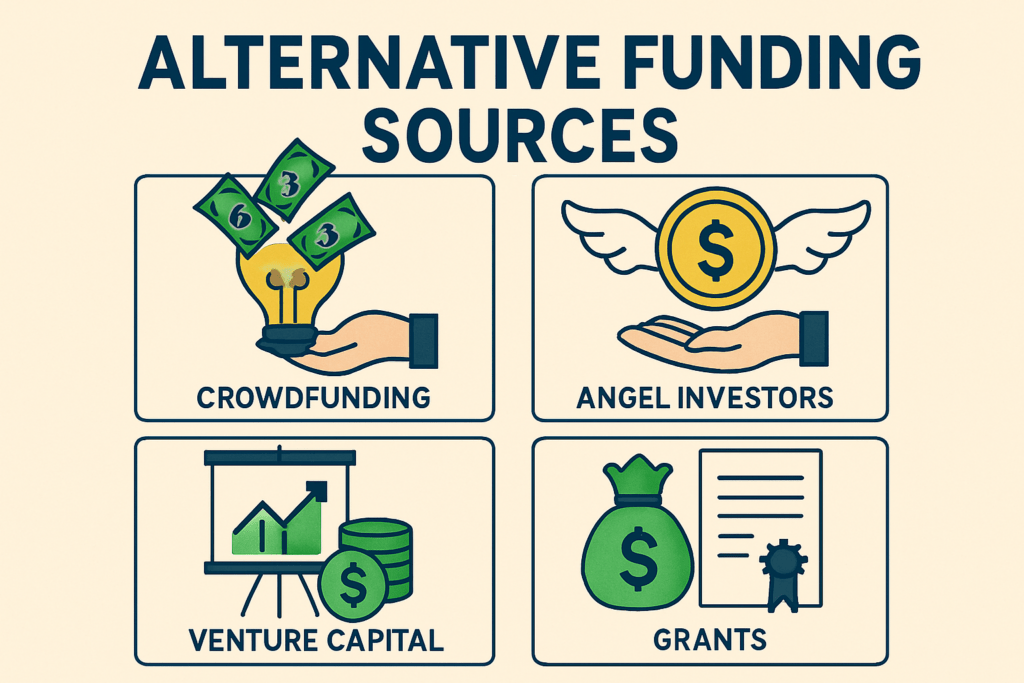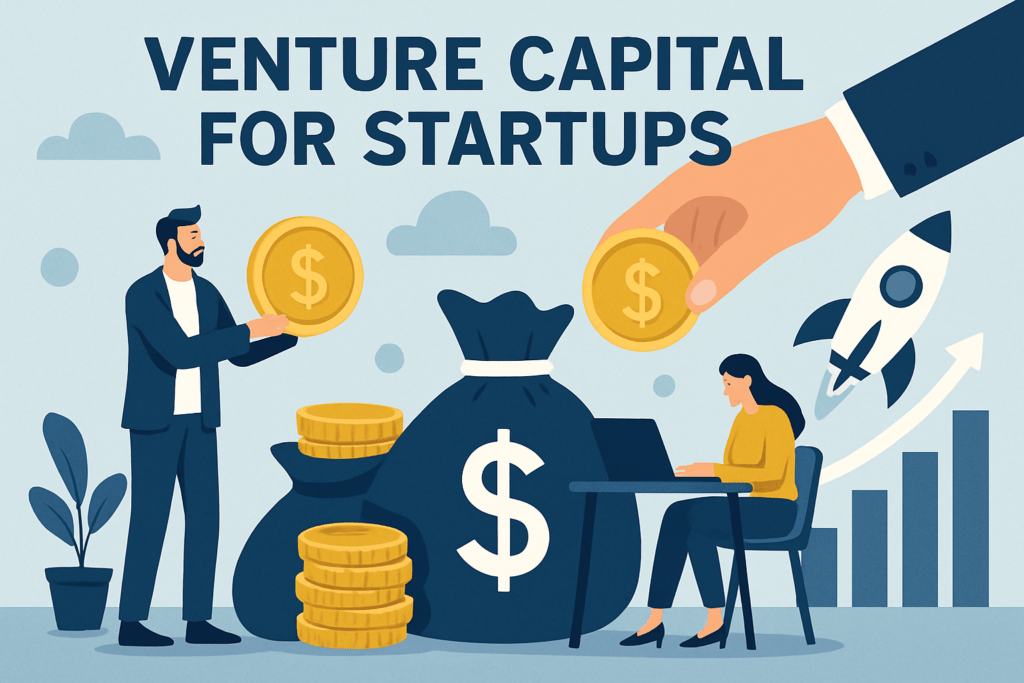Alternative Funding Sources: Think Beyond Banks
- Traditional loans aren’t the only game in town—especially for new founders.
- This is your guide to alternative funding sources: where to look, how to decide, and what works for different stages.
The Emotional Rollercoaster
Winning millions can evoke a range of emotions beyond excitement:
- Euphoria and Joy – Immediate happiness and a sense of financial freedom.
- Anxiety and Pressure – Newfound wealth can lead to stress about managing assets and expectations.
- Isolation – Wealth can create distance from old friends and family, leading to feelings of loneliness.
Successfully navigating these emotional changes is crucial for winners to maintain their well-being and happiness.
Conclusion
The way winners handle their newfound riches shapes not just their personal future but also their legacy. Whether through wise financial management, lifestyle choices, or philanthropic efforts, the journey after winning a lottery is as complex as it is transformative. Each winner’s story serves as a reminder that financial fortune brings both opportunities and challenges.
Why Look for Alternatives?
Banks love paperwork. Venture capitalists love unicorns. If your business doesn’t fit their checklist, getting cash the traditional way can feel impossible. That’s where alternative funding steps up. These sources don’t fuss over “perfect” credit or demand sky-high growth projections—they meet founders where they are.
Need money fast? Non-traditional options usually move quicker than banks. Need flexibility? Instead of cookie-cutter loans, you’ll find options tailored to your actual cash flow, your stage, your quirks. Not every startup wants to give up control or chase the next billion-dollar milestone, and that’s fine. Other deals are out there: more creative, more collaborative, sometimes even less risky.
Think of alternative funding as breaking out of the herd. You can patch a runway together from multiple sources—or find something that fits your unique angle. Bottom line: if raising money feels like endless rejection or a bad trade-off, it’s time to look beyond the usual suspects.
1. Crowdfunding: Validation While You Fundraise
Crowdfunding is the scrappy founder’s playground. Platforms like Kickstarter and Indiegogo are where ideas meet wallets—real people committing cash because they want what you’re building. You’re not just raising funds, you’re pressure-testing your concept in the open. It’s market validation and money in one move.
How does it work? You pitch your product or project, set a funding goal, and offer backers perks or preorders. If enough people jump in, you get the cash to build—and a group of early adopters cheering you on. But don’t confuse this with free money. Crowdfunding campaigns eat time and energy: expect to shoot videos, hustle for every share, and respond to a flood of questions.
Best for physical products, creative projects, and early MVPs. If you want to know fast whether your idea has legs—or you just need a first batch of customers—you’ll learn a ton with every pledge. And if it falls flat? Better to find out now, before you burn months in stealth mode.
2. Peer-to-Peer Lending: Skip the Banks
If you’re tired of chasing signatures at a bank, peer-to-peer (P2P) lending feels refreshingly direct. Here, you borrow from real people—investors on platforms like LendingClub, Funding Circle, or Prosper—instead of a faceless institution scrutinizing your every move. Sign up, submit your pitch, and let the platform’s algorithms (and individual lenders) assess your deal. Decisions happen fast. Rates and terms are usually spelled out clearly.
P2P lending is best if you need capital quickly and don’t have the time (or the credit score) for old-school loan officers. It’s not free money—the platforms take their cut, and you’re signing up for a real debt obligation. But you avoid much of the paperwork, and sometimes you can negotiate better rates based on your business story, not just your balance sheet.
Bottom line: For founders who want speed and fewer hoops, P2P lending is about as “plug-and-play” as business financing gets. Just read the fine print—every platform plays a little different.
3. Angel Investors and Syndicate Networks
Sometimes, all you need is one believer with deep pockets and good advice. That’s an angel investor. These are usually seasoned entrepreneurs or professionals who want to put skin in the game early. They write checks before VCs return your emails, and—bonus—they bring lessons learned from their own battle scars. Angels often invest anywhere from $10K to a few hundred grand.
Then there’s the rise of syndicate networks. Picture a team of angels pooling capital (often via platforms like AngelList) to back promising startups—yours, potentially. It’s group support for your business and, sometimes, a shortcut to a crowd of mentors at once. The process can be fast, even friendly, but expect them to ask pointed questions and look for outsized potential.
Should you consider angels or syndicates? If you’re pre-revenue or just past MVP, they’re a fit. If you want not just money but guidance and intros, even better. Just remember: give them clear updates, listen closely, and don’t shy from the hard questions. They’ve seen the game from both sides.
4. Grants and Competitions: Free Money (With a Pitch)
Here’s the thing about grants and competitions: you don’t have to give up any ownership, and the money is just sitting out there—if you’re willing to work for it. Governments, nonprofits, and startup accelerators all put real dollars on the table for founders solving tough problems or pushing innovation. This isn’t just corporate charity; they want you to shake up your space.
Usually, you’ll need to fill out some forms and pitch your idea—think demo days, not Shark Tank theatrics. If you nail it, you walk out with cash, sometimes even extra perks like workspace or mentoring. Grants can take longer to land than a quick loan, but there’s no monthly bill or investor on your cap table.
Competitions range from local founder showcases to giant, televised pitch battles. There are prizes, attention, and maybe the “cred” to help you with other investors down the line. But be honest: winning one takes prep, storytelling, and stamina.
So, if your startup aligns with a mission (climate change, social impact, tech innovation), make grants and competitions a priority. It’s free money with strings attached—mainly paperwork and a solid story. Outwork your rivals, and the upside is all yours.
5. Revenue-Based Financing and Royalty Models
Need funding but hate the idea of monthly loan payments breathing down your neck? Revenue-based financing (RBF) says: repay us only when you’re actually making money. It works like this—an investor gives you capital now, and you agree to send back a set percentage of your revenue each month until you’ve paid back the original sum (plus a bit extra for the privilege).
It’s flexible. Having a slow month? You pay less. Hit that hockey-stick growth? You pay it off faster. This model is built for companies with predictable, recurring revenue—think SaaS or ecommerce pulling in steady numbers. Royalty financing works similarly, but usually cuts in the investor on each sale or unit moved, for a fixed period.
Here’s the kicker: you keep your equity. No handing over pieces of your company. But beware, the “total payback” cap tends to run higher than interest on a bank loan. (It’s the price of flexibility.) Want to stay lean, keep control, and power through a growth phase? RBF and royalty deals are no-nonsense options worth a serious look—especially when venture capital is out of reach or not on your roadmap.
6. Creative Capital: Barter, Presales, and Partnerships
Cash isn’t the only way to pay for what your business needs—sometimes, your skills or product are currency enough. Barter is underrated: trade your expertise, services, or goods to get something you lack (think: design work in exchange for manufacturing, or marketing support in exchange for office space). It’s scrappy, but it works when both sides need what the other offers.
Presales are another solid play. Lock in early customers by selling your product or service before it even launches. It’s validation, funding, and customer buy-in all rolled up together. Just be realistic about your timeline—nothing sours trust like missing those early delivery promises.
Partnerships can be your ace if you lack cash but have hustle. Team up with a bigger player or a supplier who can front you resources—raw material, distribution muscle, or even tech infrastructure—because they believe in your vision enough to wait for a cut later. You might not find these deals advertised, but reach out and pitch the win-win. Creative capital is all about building a bridge when there’s no road—don’t wait for cash, use what you have to get what you need.
Choosing Your Funding Path
So, what actually matters to you—speed, control, or avoiding debt? There’s no universal blueprint, so get honest about your priorities. If rapid cash is the lifeline, peer-to-peer loans or revenue-based financing look appealing. Need to keep equity? Grants or competitions are the way. For founders watching every dollar, barters and presales minimize risk.
It’s smart to mix and match. Most businesses end up with a blended approach, stacking sources based on the moment: a little upfront validation from crowdfunding, some advice and capital from angels, and maybe a grant to bridge a gap. Don’t chase unicorns; build what works for you now, even if that means changing your strategy as your startup matures.
Bottom line: your funding path should fit your business—not some Silicon Valley myth. Hybrid strategies aren’t messy, they’re practical. Dig deeper and weigh the pros and cons—our full guide on startup investment types breaks down your options step by step.
Comparing the Big Options
Let’s break this down, simple and straight:
- If you need funds, like, yesterday—peer-to-peer lending or revenue-based financing are your speed lanes. Faster turnaround, less paperwork. You get the cash and keep moving.
- If control is your hill to die on, grants, competitions, or even barter setups are the way. No dilution, no one meddling in your business decisions, and only your hustle on the hook.
- Seeking validation and funds? Crowdfunding nails both. Backers prove there’s appetite for your idea while helping you fill your war chest.
- Mixing sources can make a lot of sense. You might snag a small grant, supplement with a syndicate investor, and presell a product—all at once. This lowers risk and means you’re not all-in with just one funding flavor.
Bottom line: There isn’t a “best”—only what fits your priorities and your business stage. Pick what gets you moving, and stack the options if you need to.
Where to Learn More
The funding landscape is not static—today’s hot method could be tomorrow’s dinosaur. Get used to checking reliable sources regularly. Besides our usual suspects like Forbes, TechCrunch also covers up-and-coming funding strategies and founder stories. Indie Hackers forums, Y Combinator’s Startup Library, and SBA.gov are solid for tactical tips and weekly updates. Subscribe to a few free newsletters (like The Hustle or Entrepreneur’s daily brief), so fresh funding ideas land in your inbox. You don’t need to become a finance nerd—just spend an hour a month and you’ll spot trends before the next person. Stay curious, stay scrappy.
Wrapping Up: Your Funding, Your Way
Forget the myth that there’s one “right” way to raise capital. The founders building quietly powerful businesses right now are doing it with a patchwork of funding sources—crowdfunding here, a grant there, maybe a smart presale or two. There’s no rule that says you need to beg banks or chase VCs to build something big.
Lean into your advantages. Find the combination of speed, control, and flexibility that works for you. What matters is resourcefulness: using capital as a creative tool, not a crutch. At the end of the day, you don’t just need money—you need the right money, on your own terms. That’s what shapes a company you’re proud to run.




